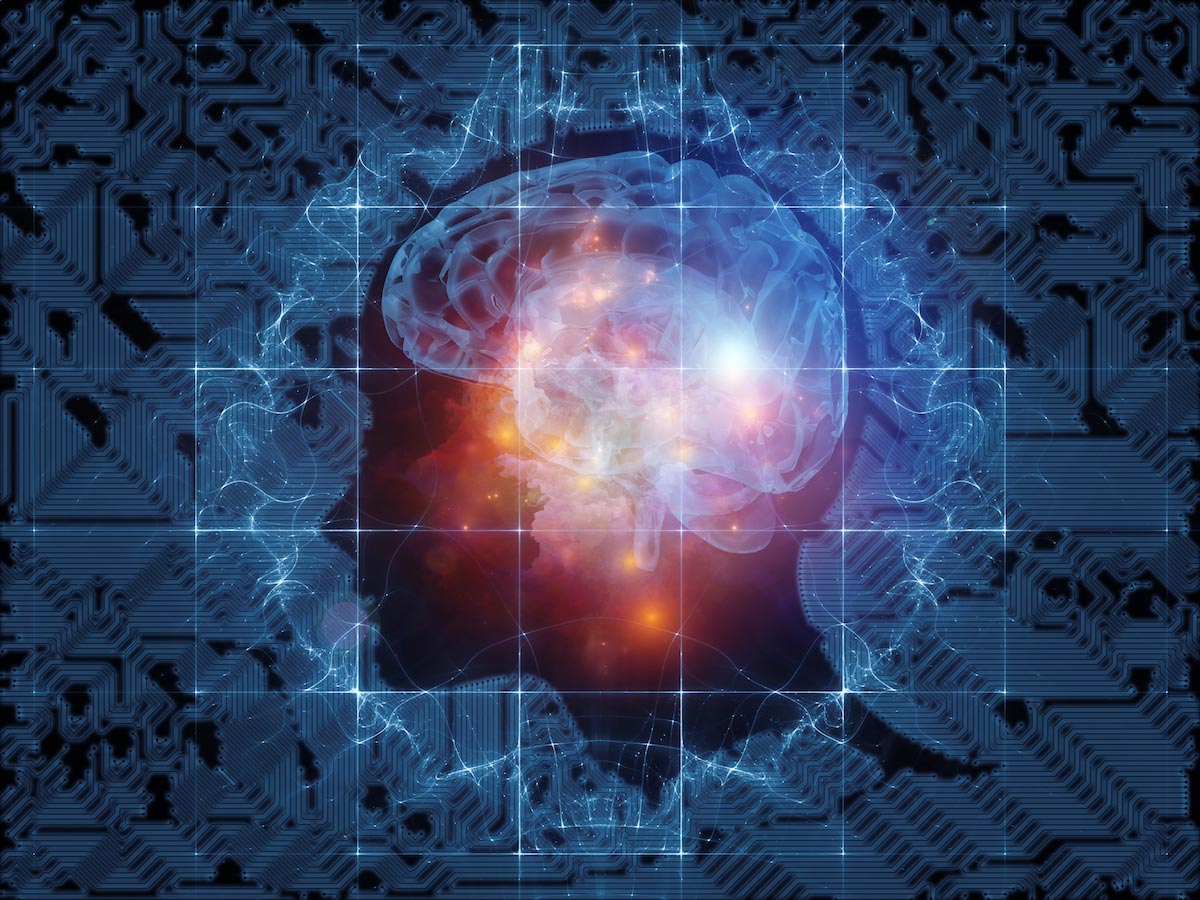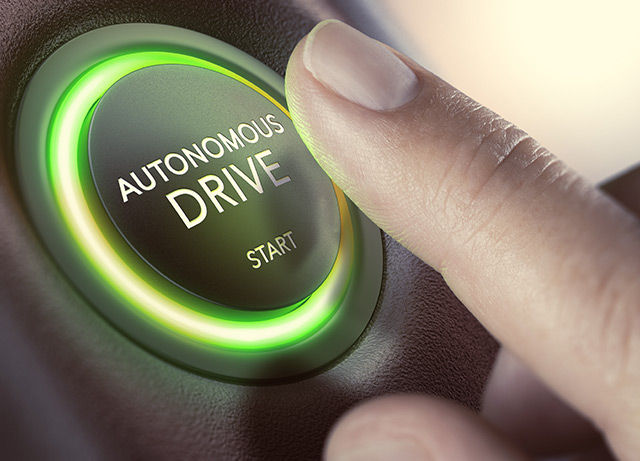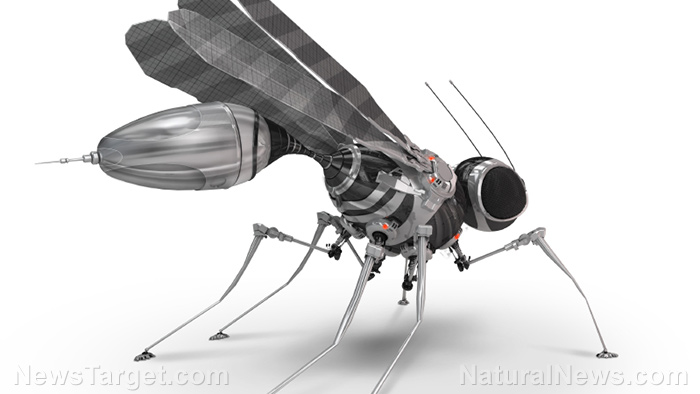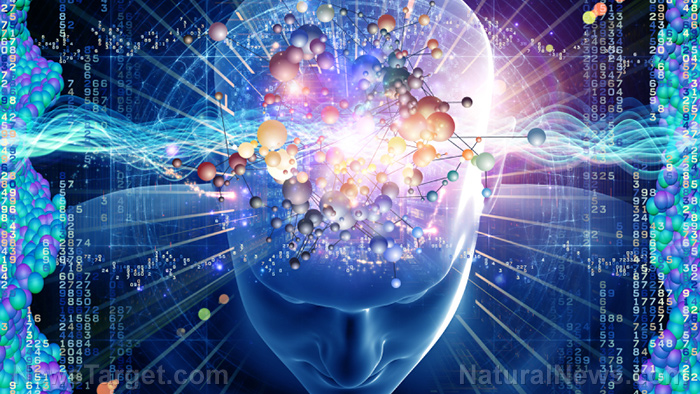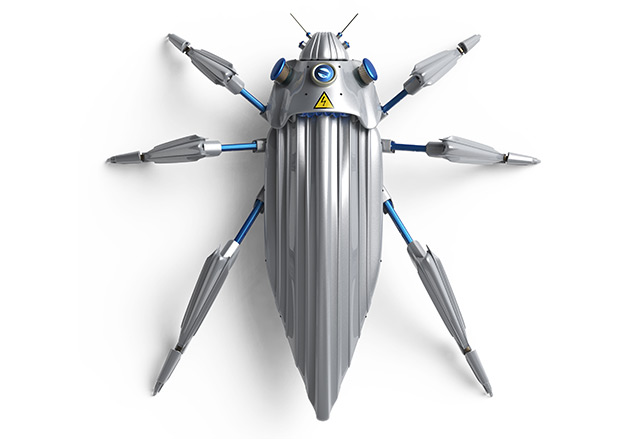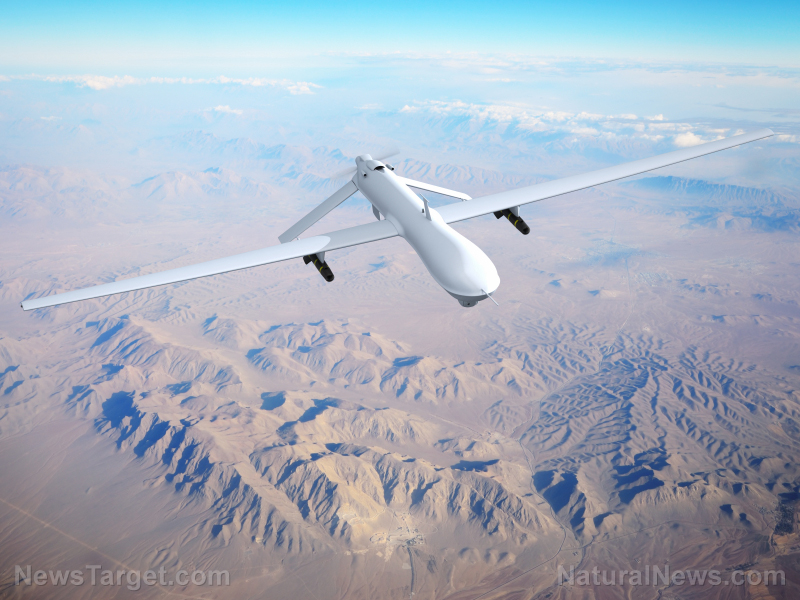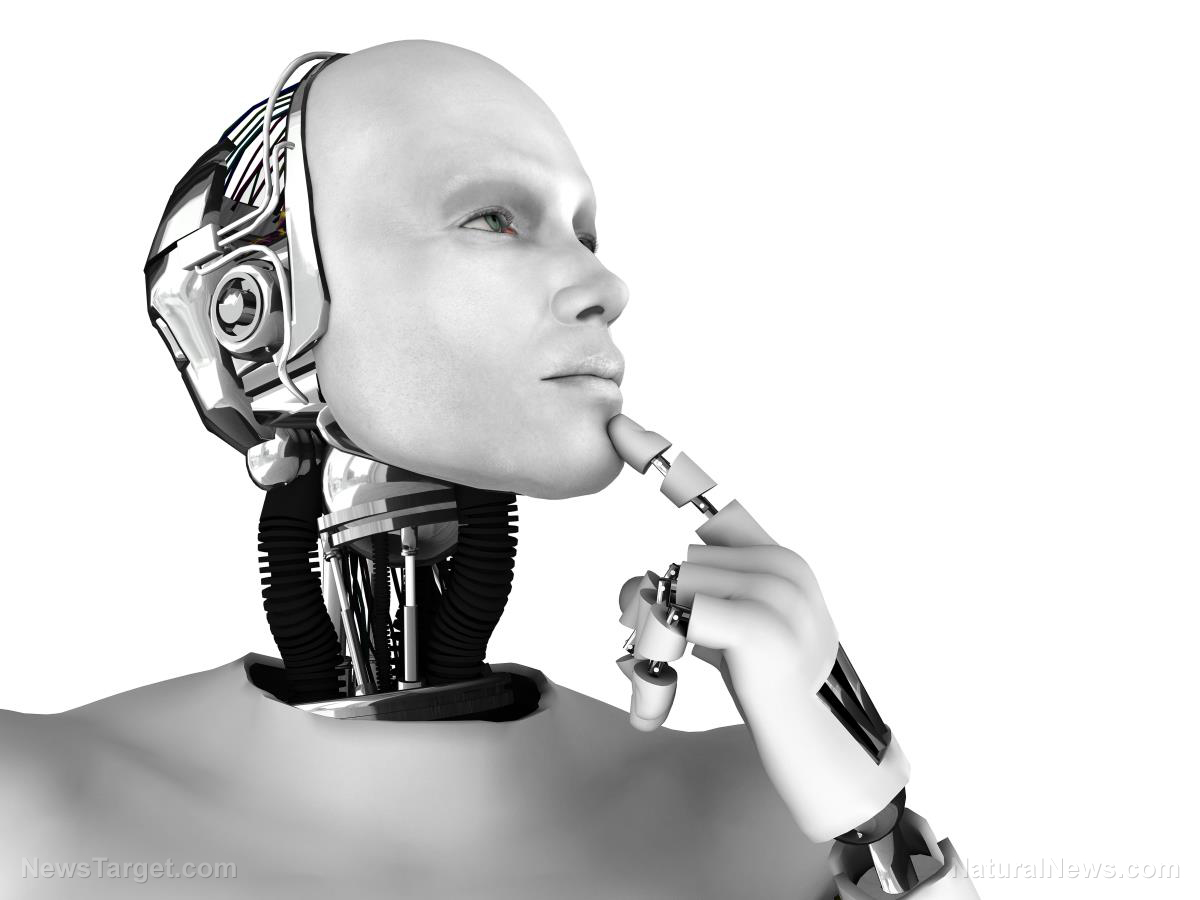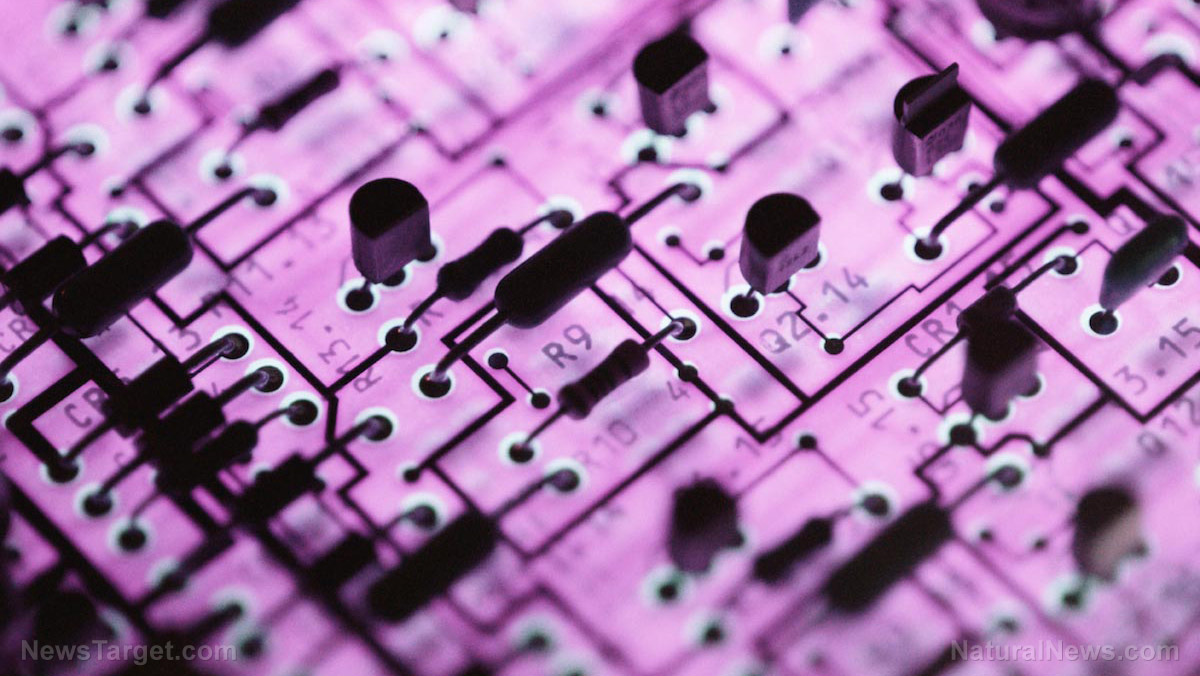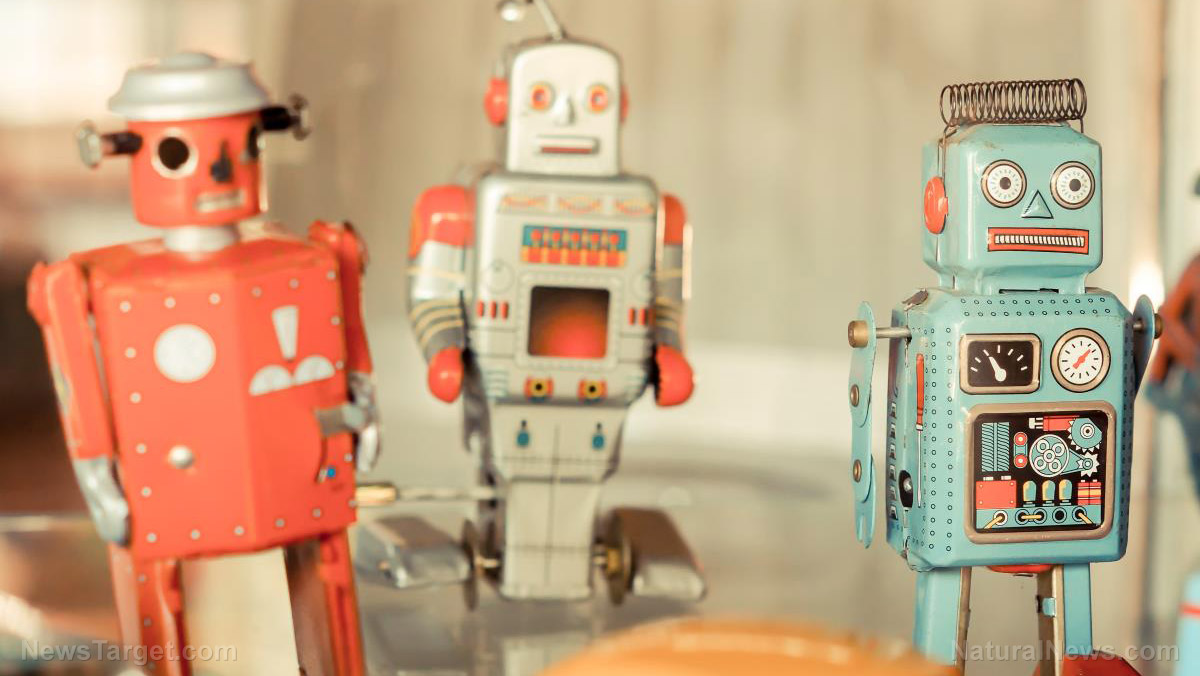Language is a distinctly human, innate mental structure. It is a prime example of a mental algorithm, which strings words into new combinations by plucking them from a memory bank. Recently, scientists have replicated this mental algorithm by developing an artificial intelligence (A.I.) software, which has the language skills of a four-year-old.
The machine mirrors the way a human brain functions. It was given 1,500 sentences from literature about language structure. It then drew from these words in order to sew new conversations together as the machine spoke with people.
The sentences didn’t flow out of the program naturally, but had the occasional hiccups of a typical A.I. program. The researchers claim the computer, dubbed Artificial Neural Network with Adaptive Behaviour Exploited for Language Learning or ANNABELA, had the language capacity of a four-year-old.
Talking the talk
While having a dialogue with an adult, ANNABELA was able to churn out 500 sentences. The computer reflected the way children learn to speak by listening to their parents and understanding how words are used in specific contexts.
According to Dr. Bruno Golosio, a computer scientist at the University of Sassari in Italy, “The system is capable of learning to communicate through natural language starting from tabula rasa (blank slate), without any a priori knowledge of the structure of phrases, meaning of words, role of the different classes of words, only by interacting with a human through a text-based interface, using an open-ended incremental learning process.”
“It is able to learn nouns, verbs, adjectives, pronouns and other word classes, and to use them in expressive language,” he added.
What is unique about ANNABELA is that instead of having a pre-coded knowledge of language, as is the case with other speech recognition programs, the machine starts off with a blank slate. Researchers from the University of Sassari in Italy and the University of Plymouth in the UK orchestrated the system by weaving together two million artificial neurons.
It is hoped this artificial tapestry of neurons will enable A.I. systems to become more human-like, as portrayed in various Hollywood films. ANNABELA reflected the brain’s plasticity, which refers to the brain’s ability to form new connections between neurons. The brain is not cemented in time, but can morph and change throughout life.
The researchers breathed 1,587 sentences drawn from literature into the system, in order to assess the development of language in children. They asked the machine various questions a typical four-year-old could answer, such as “What is your father like?” and “How many games do you play?”
Machines that think
The study was published in the journal Public Library of Science One. The researchers claimed the system learned how to count, understood the concept of a friend and was able to execute personal pronouns like “her.”
Cognitive scientists are interested in understanding how language develops in order to catch a glimpse into the window of the human mind. In fact, some schools of thought even suggest we wouldn’t be self-aware in the first place without language.
In particular, a toddler develops a sense of self by executing referential pronouns like myself. It is a piece of grammatical English used to express a reflexive form. Without self-referential pronouns, so it is argued, we would be aware, but we wouldn’t be self-aware. In other words, we would be autopilot objects projecting into to the void.
If ANNABELA indeed has a sense of self, it is yet a very crude sense of self currently unworthy of the name. Nevertheless, the A.I. system is a remarkable achievement, as it illustrates that, at least, some mental structures can be replicated.
Source:
[1] Journals.Plos.org
